Shenzhen Wesort Optoelectronics Co., Ltd.
Address:Building 29, Longwangmiao Industrial Zone, Fuyong street, Bao'an District, Shenzhen, Guangdong Province, China.
Phone:+86 181 2370 6862
A perfect cup of coffee depends not only on brewing skills, but also on the quality of the coffee beans themselves. From planting, harvesting to processing, every step is crucial. In this process, the coffee bean color sorter plays an indispensable role. It uses precise color recognition technology to ensure that every coffee bean can meet the best quality standards. WESORT will explore the importance of coffee bean color sorters, their working principles, and how to optimize the color sorting process to improve the overall quality of coffee.

I. The importance of coffee bean color sorters
The main function of coffee bean color sorters is to distinguish:
1. Remove immature green coffee berries from coffee berries. Mature coffee beans usually have a uniform color and good flavor, while immature or over-ripe beans may have a sour or bitter taste.
2. Remove defective beans from raw coffee beans, such as black beans, moldy beans, worm-eaten beans, damaged beans, shrunken beans, unripe beans and other foreign matter.
3. Classify dark and light beans in roasted coffee beans, as well as foreign objects such as broken beans and stones in roasted beans.
The screening of the WESORT coffee bean color sorter can ensure the consistency and quality of coffee beans from picking to raw beans to roasting.
2. Working principle of coffee bean color sorter
Modern coffee bean color sorters usually use high-resolution CCD cameras and advanced image processing technology. During the color sorting process, coffee beans are evenly transported to the color sorting area, and the camera captures the image of each coffee bean. Subsequently, the image processing system quickly determines whether each coffee bean meets the standard based on the preset color parameters. Qualified coffee beans will continue to move forward, while unqualified ones will be blown out of the sorting line by the blowing system to achieve automatic separation.
3. Strategies for optimizing the color sorting process
1. Light source selection: The light source of the color sorter is crucial to the accuracy of color recognition. Choosing a suitable light source, such as LED lights, can provide more stable and uniform lighting, reducing the impact of color difference on color sorting results.
2. Parameter setting: According to the color characteristics and quality requirements of coffee beans, the color threshold of the color sorter should be reasonably set. This requires a deep understanding of the color changes of coffee beans, and may require multiple trials to find the best parameters.
3. Machine maintenance: Clean and maintain the color sorter regularly to ensure the cleanliness of the camera and air blowing system to avoid dust and impurities affecting the color sorting effect.
4. Manual sampling: Although the accuracy of the color sorter is very high, manual sampling is still recommended to ensure the reliability of the color sorting results. This can not only increase consumers' trust in product quality, but also help collect feedback and further optimize color sorting parameters.
The application of coffee bean color sorters not only improves processing efficiency, but also ensures the quality of coffee beans and food safety. With the continuous advancement of technology, future color sorters will be more intelligent and can achieve higher precision and higher efficiency sorting. For coffee processing companies, investing in an efficient color sorter is undoubtedly an important choice to enhance product competitiveness.
A perfect cup of coffee depends not only on brewing skills, but also on the quality of the coffee beans themselves. From planting, harvesting to processing, every step is crucial. In this process, the coffee bean color sorter plays an indispensable role. It uses precise color recognition technology to ensure that every coffee bean can meet the best quality standards. WESORT will explore the importance of coffee bean color sorters, their working principles, and how to optimize the color sorting process to improve the overall quality of coffee.

I. The importance of coffee bean color sorters
The main function of coffee bean color sorters is to distinguish:
1. Remove immature green coffee berries from coffee berries. Mature coffee beans usually have a uniform color and good flavor, while immature or over-ripe beans may have a sour or bitter taste.
2. Remove defective beans from raw coffee beans, such as black beans, moldy beans, worm-eaten beans, damaged beans, shrunken beans, unripe beans and other foreign matter.
3. Classify dark and light beans in roasted coffee beans, as well as foreign objects such as broken beans and stones in roasted beans.
The screening of the WESORT coffee bean color sorter can ensure the consistency and quality of coffee beans from picking to raw beans to roasting.
2. Working principle of coffee bean color sorter
Modern coffee bean color sorters usually use high-resolution CCD cameras and advanced image processing technology. During the color sorting process, coffee beans are evenly transported to the color sorting area, and the camera captures the image of each coffee bean. Subsequently, the image processing system quickly determines whether each coffee bean meets the standard based on the preset color parameters. Qualified coffee beans will continue to move forward, while unqualified ones will be blown out of the sorting line by the blowing system to achieve automatic separation.
3. Strategies for optimizing the color sorting process
1. Light source selection: The light source of the color sorter is crucial to the accuracy of color recognition. Choosing a suitable light source, such as LED lights, can provide more stable and uniform lighting, reducing the impact of color difference on color sorting results.
2. Parameter setting: According to the color characteristics and quality requirements of coffee beans, the color threshold of the color sorter should be reasonably set. This requires a deep understanding of the color changes of coffee beans, and may require multiple trials to find the best parameters.
3. Machine maintenance: Clean and maintain the color sorter regularly to ensure the cleanliness of the camera and air blowing system to avoid dust and impurities affecting the color sorting effect.
4. Manual sampling: Although the accuracy of the color sorter is very high, manual sampling is still recommended to ensure the reliability of the color sorting results. This can not only increase consumers' trust in product quality, but also help collect feedback and further optimize color sorting parameters.
The application of coffee bean color sorters not only improves processing efficiency, but also ensures the quality of coffee beans and food safety. With the continuous advancement of technology, future color sorters will be more intelligent and can achieve higher precision and higher efficiency sorting. For coffee processing companies, investing in an efficient color sorter is undoubtedly an important choice to enhance product competitiveness.

In the world of walnut processing, even the smallest imperfection can significantly impact product quality, market price, and brand reputation. Mold, insect damage, broken pieces, or inconsistent color are common defects that reduce the value of wa...
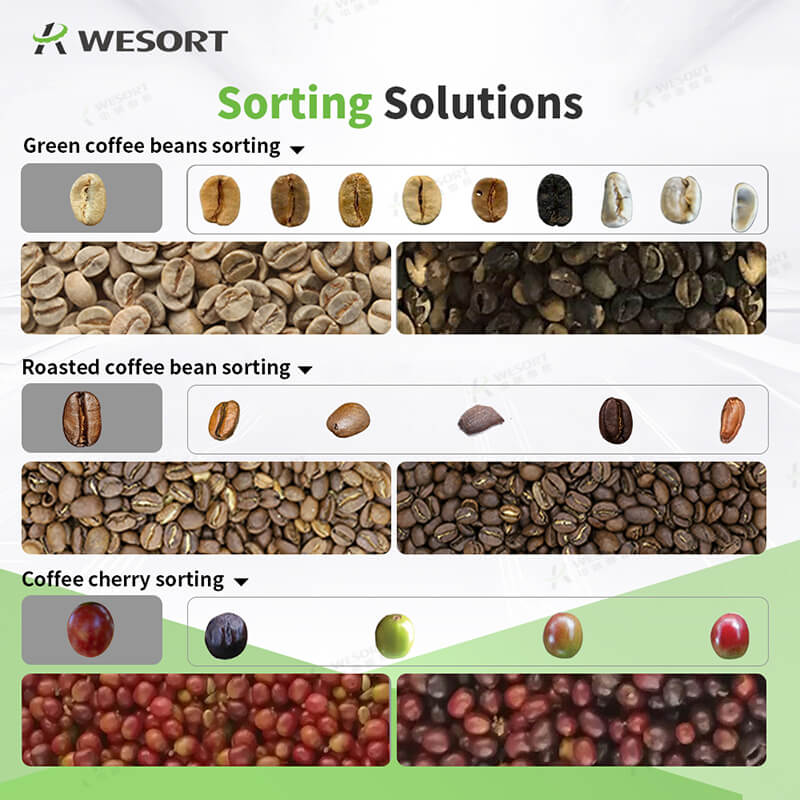
In the competitive coffee industry, quality is everything. Yet defects such as moldy beans, insect damage, immature coffee cherries, and inconsistent roasting levels can severely impact the taste, aroma, and grade of your coffee. Traditional sortin...
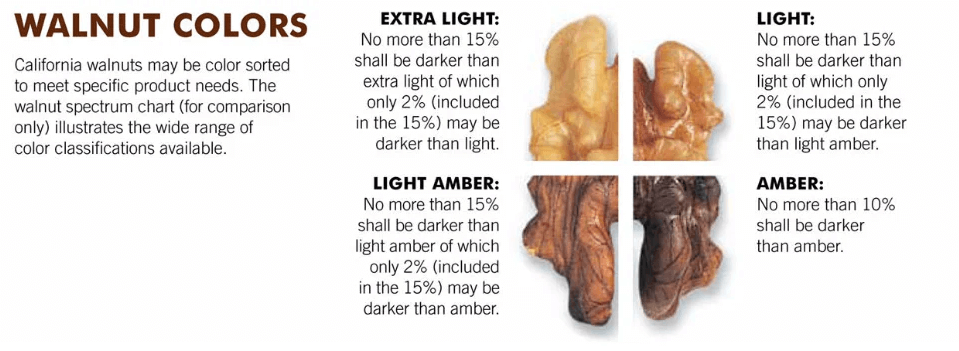
The demand for high-quality, uniformly sorted walnuts is rising globally due to increasing consumption, especially in the health food and snack industries. To meet market expectations, walnut processors are looking for advanced walnut sorting machi...
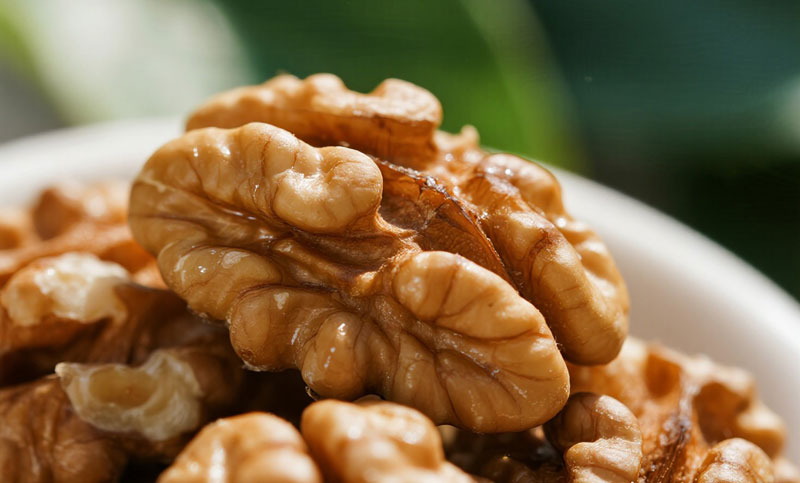
In the nut deep processing industry, the multi-level and accurate sorting of walnut kernels is not only related to product quality, but also directly affects corporate profits and brand reputation. However, many factories still face three major pro...

Meta Description: Looking for the top hazelnut sorting machine manufacturer? WESORT offers advanced hazelnut color sorters with AI deep learning to efficiently remove defects, pests, and foreign materials. Boost your hazelnut processing efficienc...
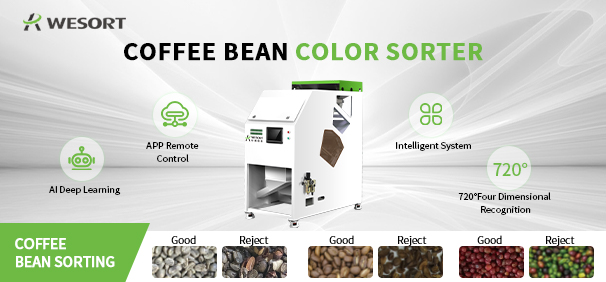
With the growing popularity of specialty coffee, the purity of coffee beans determines the aroma and taste of a cup of coffee. Achieving 99.9% purity requires high-performance coffee bean sorting equipment. Among Chinese coffee bean color sorter ma...

What's the most vexing issue in the hazelnut industry chain? It's not yield, but quality. Defects like mold, wrinkled skin, and foreign matter not only reduce product value but can also put export orders at risk. The solution isn't to increase the ...
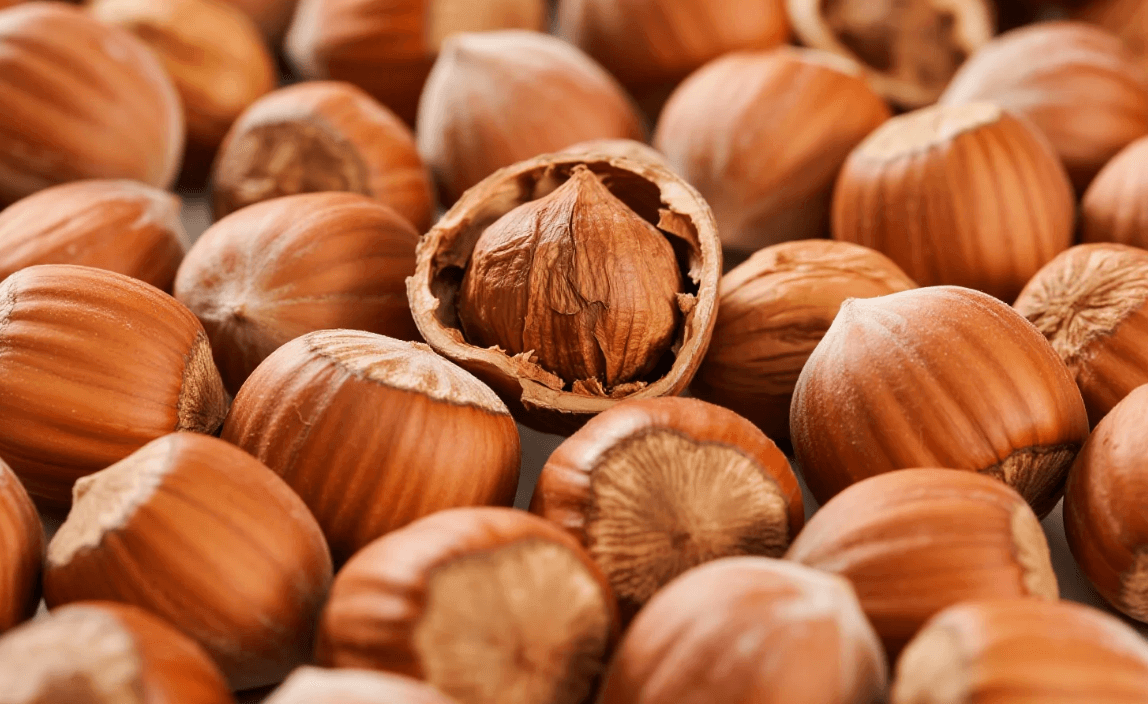
Every hazelnut tells a story—about the soil it grew in, the care during harvest, and the precision of its processing. Yet between farm and final product, hidden defects like mold, insect damage, and discoloration can turn premium hazelnuts into cos...

Plastic waste recycling is one of the most pressing challenges in today’s sustainability-driven world. Proper plastic sorting ensures high-quality recycled materials, reduces environmental impact, and improves profitability for recycling businesses...
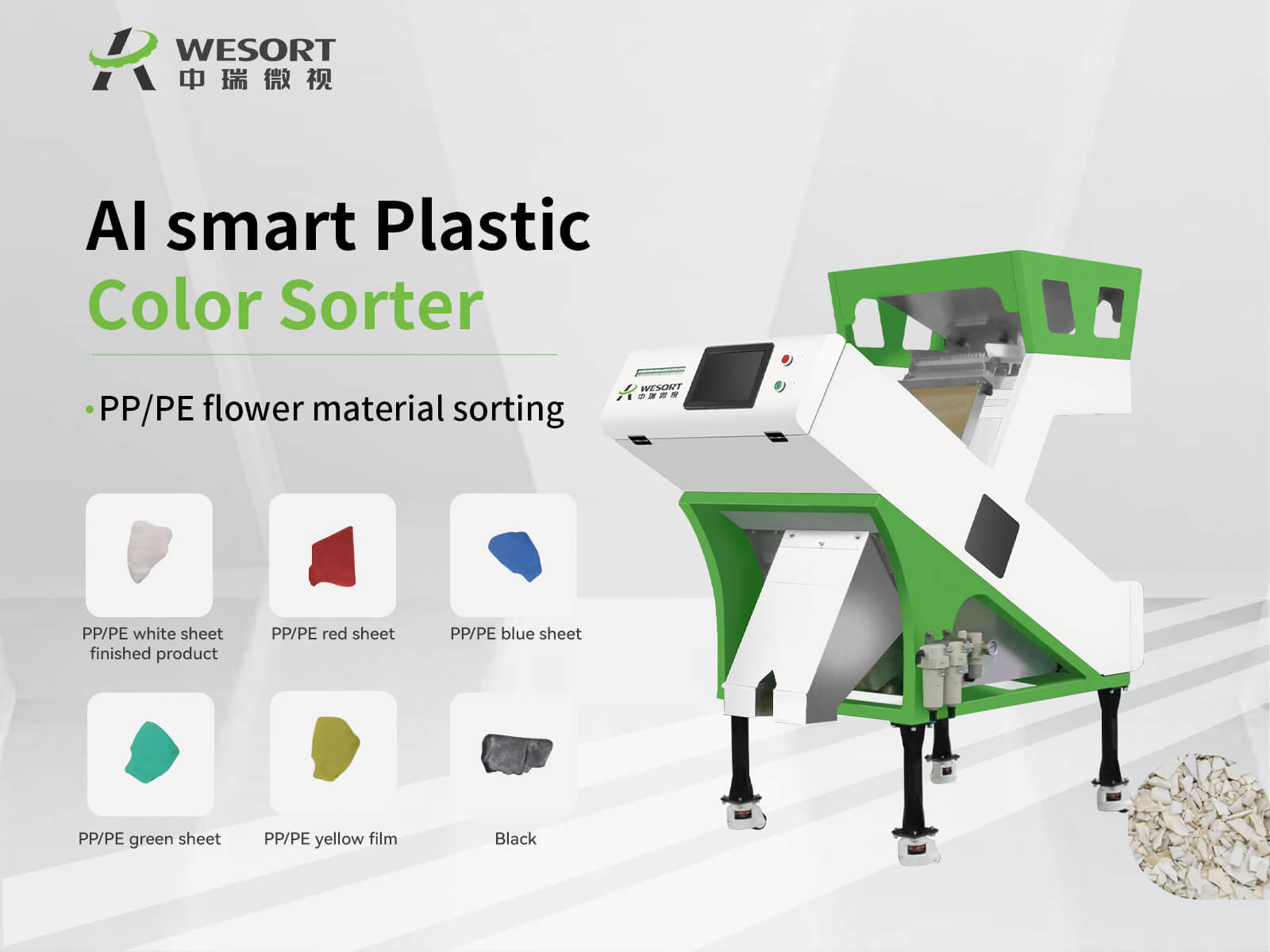
In the plastic recycling industry, purity and efficiency directly determine profitability. As global demand for recycled plastics increases, manufacturers need advanced solutions to separate impurities, improve yield, and ensure consistent product ...

In Mexico, coffee is more than just a drink — it’s a culture, a tradition, and a vital industry. Yet, challenges like impurities, pest damage, and uneven coloration often diminish the value of even the most carefully cultivated beans. At EXPO CAFÉ...
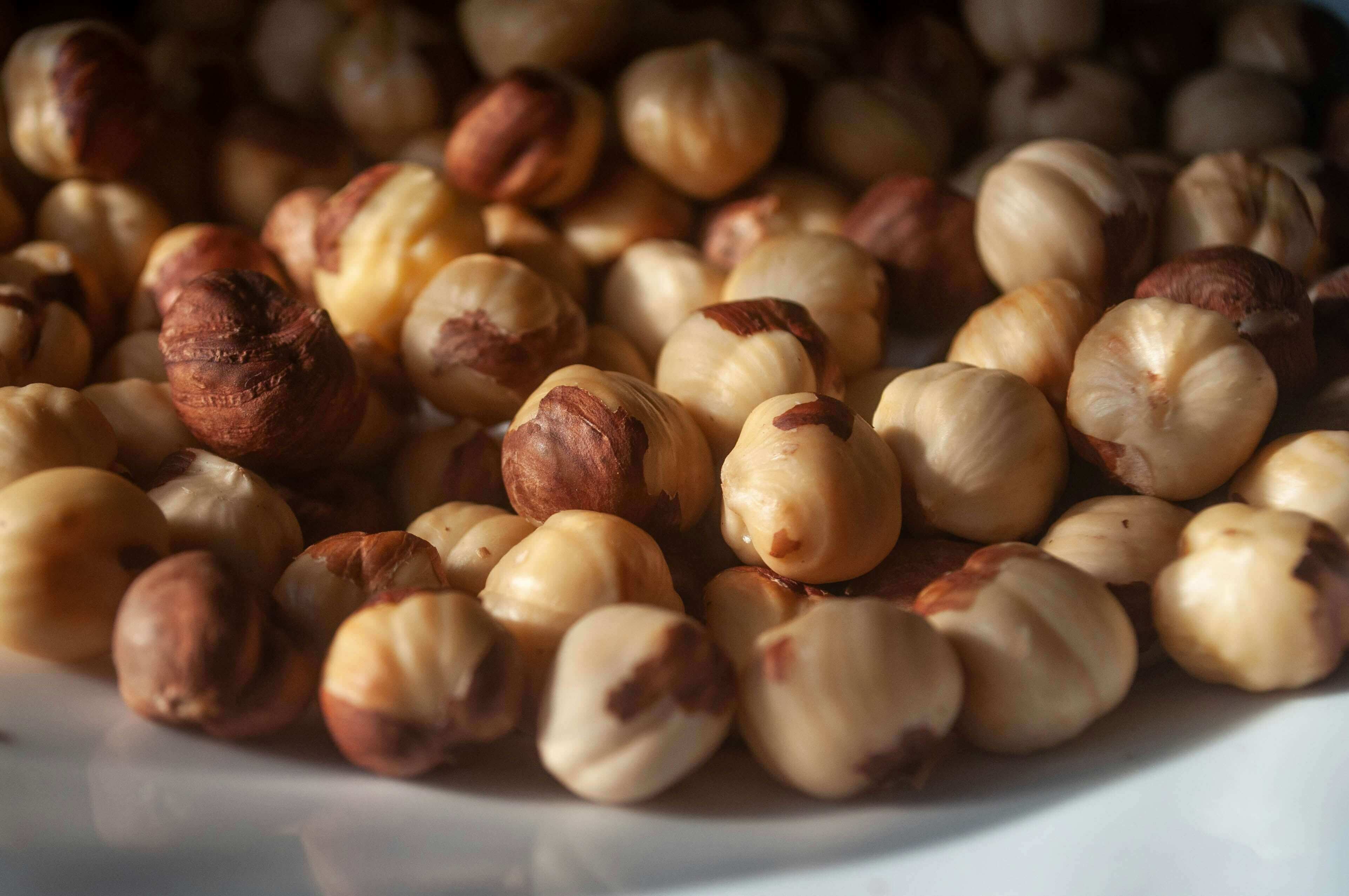
The global demand for hazelnuts continues to rise, driven by the growth of confectionery, bakery, and healthy snack markets. As consumption increases, so does the importance of quality control. Hazelnut processors face mounting pressure to deliver ...
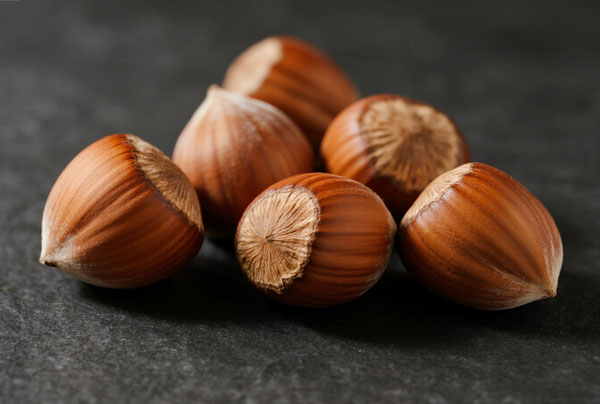
Hazelnuts are widely used in confectionery, bakery, and snacks, where product quality directly affects market value. However, hazelnut processing often faces serious challenges, such as pest infestation, seasonal labor shortages, and inconsistent m...

Hazelnut is the nut of the hazel and therefore includes any of the nuts deriving from species of the genus Corylus, especially the nuts of the species Corylus avellana. It is also known as cobnut or filbert nut according to species. A cob is roughl...

When you enjoy a smooth cup of coffee, you may not realize how much work goes into ensuring its purity and flavor. From harvest to cup, every step matters—and one of the most critical yet often overlooked stages is coffee bean sorting. Common Cof...
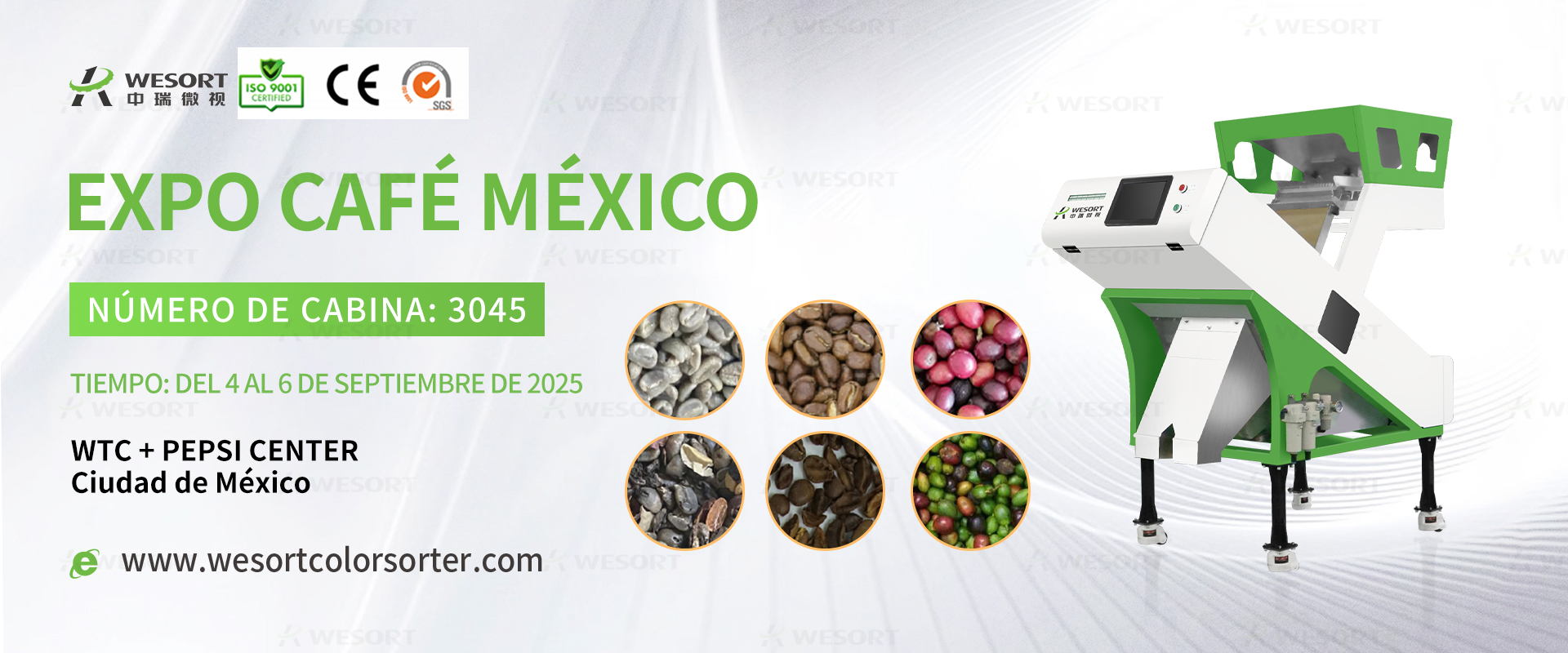
Dear Coffee Industry Partners, The Mexican Coffee Shop Expo 2025 is just around the corner—and WESORT , a leader in intelligent sorting technology, will be there to showcase our core solution for coffee processors: Coffee Bean Color Sorters. Mark...

In the plastic pellet production process, color purity often directly determines the product's selling price and market competitiveness. Especially for transparent, white, or light-colored plastic pellets, even tiny black specks can affect the appe...

In modern agriculture, food processing, and recycling, quality control plays a vital role. This is where an optical sorter comes in. Many buyers often ask: What is an optical sorter? What does it do? How much does it cost? And how is WESORT optical...
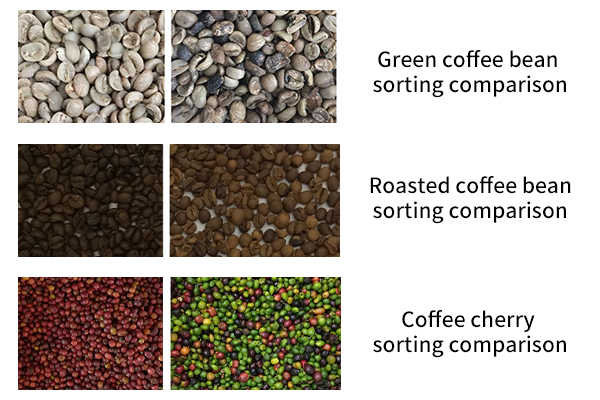
In the coffee industry, the quality of the final cup often depends on the smallest details during processing. One crucial step is removing defective beans, foreign materials, and color inconsistencies. This is where a coffee bean color sorter plays...

Coffee processing is a complex and meticulous task that involves several stages to transform raw coffee cherries into the high-quality beans we enjoy in our morning brew. One crucial step in this process is the sorting of coffee beans based on thei...

In the world of walnut processing, even the smallest imperfection can significantly impact product quality, market price, and brand reputation. Mold, insect damage, broken pieces, or inconsistent color are common defects that reduce the value of wa...

In the competitive coffee industry, quality is everything. Yet defects such as moldy beans, insect damage, immature coffee cherries, and inconsistent roasting levels can severely impact the taste, aroma, and grade of your coffee. Traditional sortin...

The demand for high-quality, uniformly sorted walnuts is rising globally due to increasing consumption, especially in the health food and snack industries. To meet market expectations, walnut processors are looking for advanced walnut sorting machi...

In the nut deep processing industry, the multi-level and accurate sorting of walnut kernels is not only related to product quality, but also directly affects corporate profits and brand reputation. However, many factories still face three major pro...

Meta Description: Looking for the top hazelnut sorting machine manufacturer? WESORT offers advanced hazelnut color sorters with AI deep learning to efficiently remove defects, pests, and foreign materials. Boost your hazelnut processing efficienc...

With the growing popularity of specialty coffee, the purity of coffee beans determines the aroma and taste of a cup of coffee. Achieving 99.9% purity requires high-performance coffee bean sorting equipment. Among Chinese coffee bean color sorter ma...

What's the most vexing issue in the hazelnut industry chain? It's not yield, but quality. Defects like mold, wrinkled skin, and foreign matter not only reduce product value but can also put export orders at risk. The solution isn't to increase the ...

Every hazelnut tells a story—about the soil it grew in, the care during harvest, and the precision of its processing. Yet between farm and final product, hidden defects like mold, insect damage, and discoloration can turn premium hazelnuts into cos...